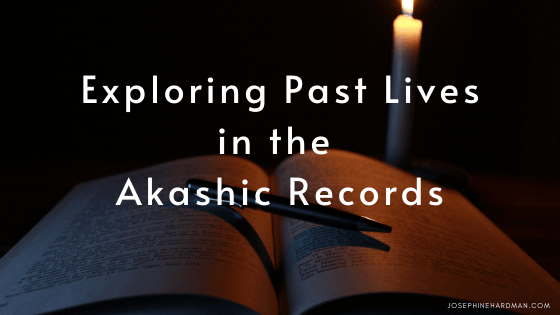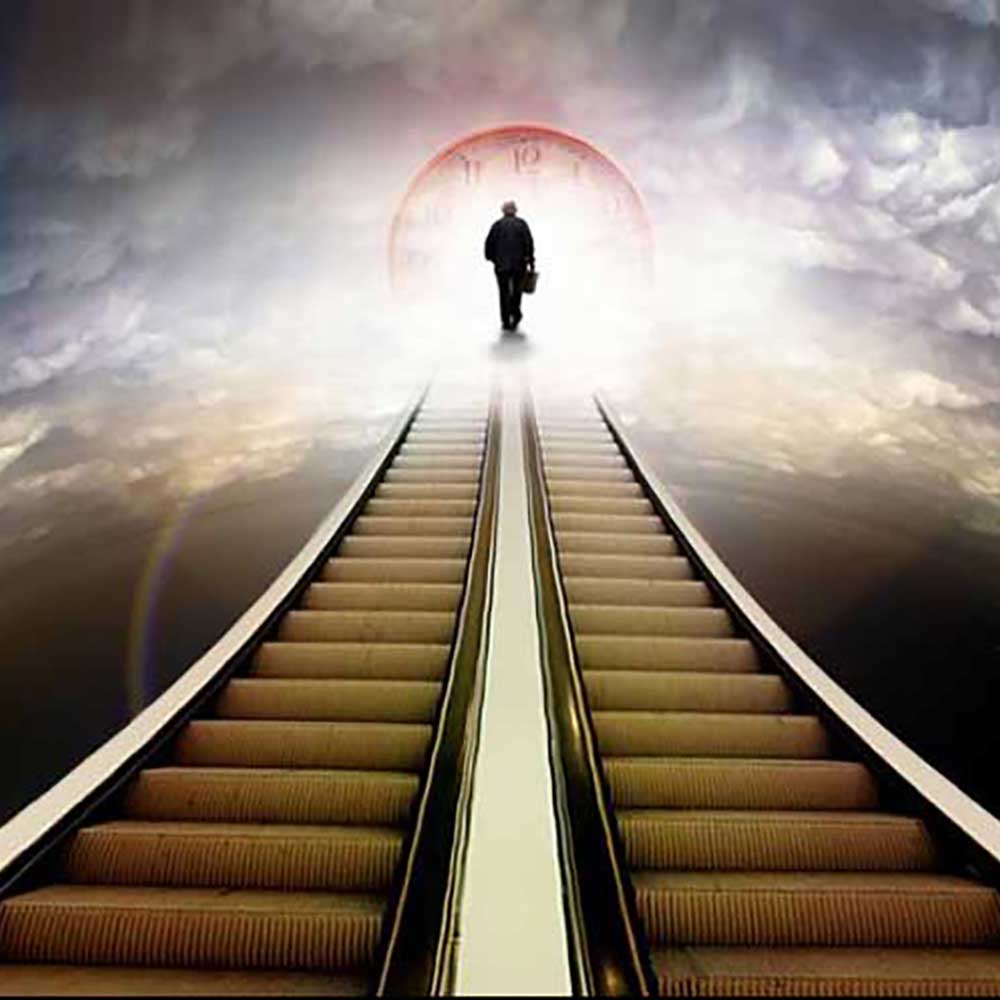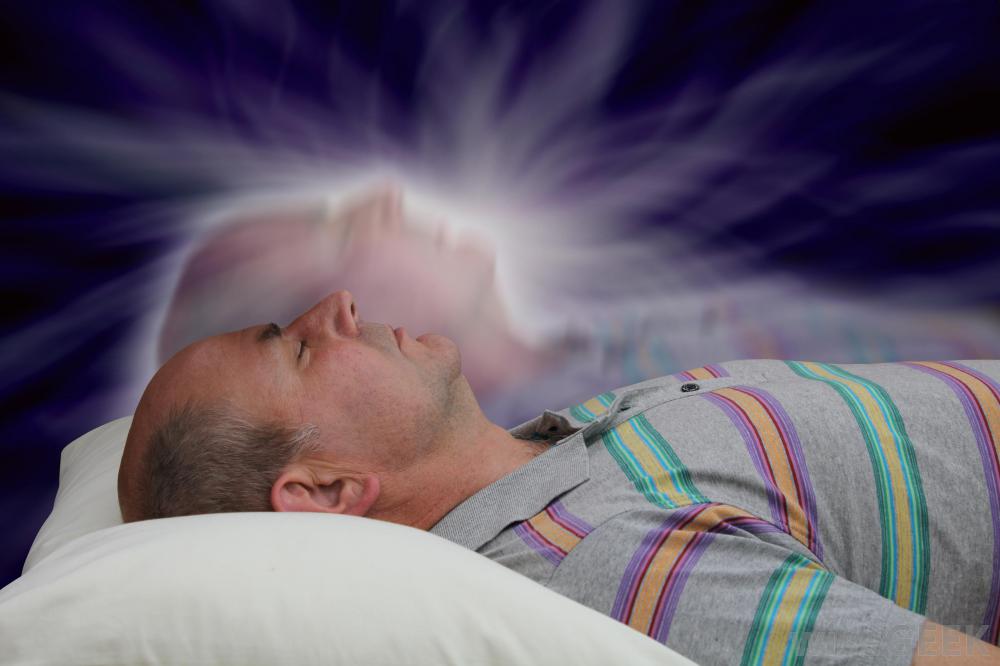[cs_content][cs_section parallax=”false” style=”margin: 0px;padding: 45px 0px;”][cs_row inner_container=”true” marginless_columns=”false” style=”margin: 0px auto;padding: 0px;”][cs_column fade=”false” fade_animation=”in” fade_animation_offset=”45px” fade_duration=”750″ type=”2/3″ style=”padding: 0px;”][cs_text]
Arthur Findlay MBE, JP (1883 – 1964) was a writer, accountant, stockbroker and Essex magistrate.
He came to prominence in the Golden Age of Spiritualism in the late 19th and early 20th centuries and is best known today for having bequeathed his home, Stansted Hall, to the Spiritualists’ National Union, a venue still used by them today, to promote Spiritualism.
He grew up within a strict Christian family, but as a young man he began to explore beyond the restrictions of that faith alone.
He was awarded the MBE for his work for the Red Cross during WW1 at the age of thirty.
Findlay co- founded the newspaper Psychic News with Hannen Swaffer and editor Maurice Barbanell.
Swaffer was an English journalist and drama critic who became interested in Spiritualism.
He claimed that his Spiritualist circle had conjured up the ghost of his former employer, Northcliffe, as well as those of other dead celebrities associated with his London theatre work. The first issue of the paper was published on 28 May 1932.
The name of the paper was credited to Maurice Barbanell, who said that he was told to use it by his spirit guide.
It published continuously until 2010, almost eighty years.
Findlay resigned from the paper after the Nandor Fodor inspired fraudulent poltergeist scandal featuring Mrs Forbes.
Findlay was also a founding member of the International Institute for Psychical Research of which he became chairman. In December 1938, the British College of Psychic Science college merged with the International Institute for Psychical Research, becoming the Institute for Experimental Metaphysics.
During World War II the institute closed and all of its library and records were destroyed
While in Glasgow in 1918 he attended a séance with the direct voice medium John Campbell Sloan at a Spiritualist church in Glasgow.
That provided the basis for a long- term friendship, a friendship driven by Findlay’s belief that spirit voices were speaking through Sloan.
He studied him for five years spawning a number of books. In his book “On the edge of the Etheric”, Findlay devotes much space to Sloan. Who is presented as a respectable, principled self-effacing man who asked for no payment for his spiritual services.
He practiced trance mediumship as well as direct voice, and produced various physical effects such as levitating trumpets.
His books “An Investigation of Psychic Phenomena” (1924), and” The Rock of Truth” (1933), explain how the direct voice is produced and discusses the subject and teachings obtained by this mediumship.
Findlay in “On The Edge Of The Etheric” explores ectoplasm and his scientific arguments for materialization and direct voice mediumship based on his understanding of the Ether, a substance once thought to fill the cosmos and serve as the medium for the transference of electromagnetic waves.
He believed that the key to mediumship was understanding differences in the frequency of vibration of the Ether.
Almost a century on, Findlay’s scientific hypotheses seem outdated and flawed.
Yet so is much other science a century on.
He was only able to construct arguments on the basis of available information.
With what is known now, would his belief be just as strong, but supported by more modern arguments and facts? I think so.
In 1920, he founded the Glasgow Society for Psychical Research and in 1923 took part in the Church of Scotland’s enquiry into psychic phenomenon.
As his interest in, and participation in, the Spiritualist world grew, he became an honorary member of both the American Foundation for Psychical Research, Edinburgh Psychic College and the honorary president of both the Institute of Psychic Writers and Artists and the Spiritualists’ National Union.
His enduring legacy is the Arthur Findlay College at his erstwhile home, Stansted Hall, which has an ongoing worldwide reputation as a leading centre for Spiritualism.
A well published author, Findlay’s books on Spiritualism include:
An Investigation of Psychic Phenomena (1924)
On The Edge Of The Etheric, 1931, his most famous book reprinted some seventy times
The Way of Life
The Rock of Truth (1933)
The Unfolding Universe, 1935
The Psychic Stream, 1939
Where Two Worlds Meet, 1951
Looking Back
There is much background information about Arthur Findlay, and the work of the SNU available at: http://www.snu.org.uk/
[/cs_text][/cs_column][cs_column fade=”false” fade_animation=”in” fade_animation_offset=”45px” fade_duration=”750″ type=”1/3″ style=”padding: 0px;”][x_image type=”none” src=”https://jane-osborne.com/wp-content/uploads/2017/06/arthur-findley.jpg” alt=”” link=”false” href=”#” title=”” target=”” info=”none” info_place=”top” info_trigger=”hover” info_content=””][/cs_column][/cs_row][/cs_section][/cs_content]





